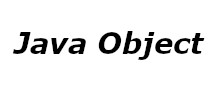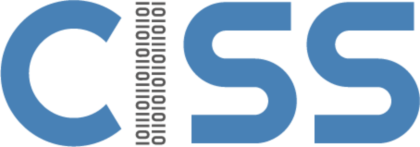Java Object
In the autumn of 2007, a new network project, Java Object in Embedded Systems, was initiated. The purpose of the project – in which CISS functions as project manager – is to exchange ideas and knowledge and in the longer run to equip Danish companies working with embedded software optimally to using Java as their programming language of choice.
”We predict that Java for embedded systems is practically facing a breakthrough. We want to give Danish companies the chance of being at the forefront of this development. It is no secret that the number of embedded systems is growing rapidly in these years. At the same time, the complexity of embedded software is growing. The ‘traditional’ methods and techniques, for instance programming using C or C++, have difficulty keeping up. This leads to ‘slower time to market’ and unfortunately also to a growing number of software errors in products,“ associate professor Hans Søndergaard, CISS and VIA University College, explains.
Easier to use
Hans Søndergaard explains that errors in embedded systems usually cannot simply be remedied by offering a software update online. In the worst case, errors require the product to be pulled back from the market in order to remedy them.
”In this connection, Java has an advantage. In Java, it is possible to discover the errors early in the programming process. In addition, it is simpler to programme with Java than with C or C++,” Hans Søndergaard points out.
In spite of the fact that Java was originally developed for the exact purpose of programming embedded systems, many companies have nevertheless been reluctant to start using Java. The general view has been that Java was too resource-heavy for embedded systems, especially hard real-time systems. “But now we have new Java profiles such as Real-Time Specification for Java (RTSJ), Ravenscar-Java and Safety-Critical Java, and this means that Java has become a desirable and cost-efficient solution – also for hard real-time embedded systems,” Hans Søndergaard emphasises.
Keeping the finger on the pulse
Among the participants in the project are the IT development company Prevas A/S, who describe themselves as Scandinavia’s leading developer within embedded software. “We are currently participating in a series of concrete collaborations with the universities within the field of embedded software – among them a number with CISS. When we engage in a project like this, it is because we want to keep our fingers on the pulse in terms of what is going on within Java in embedded software – and because we expect it to lead to interesting and exciting results,” technical director in Prevas A/S Rune Domsten explains. He continues:
”At the same time, we have the opportunity to network and form new contacts. Often, a beneficial generation of ideas develops between us, the research institutions and the more project oriented companies on such network meetings. And in Java Object in Embedded Systems, all the participants work within embedded technologies.”
Even though many programmers have a favourite programming language that they swear by, Rune Domsten emphasises the fact that Prevas are not ’married’ to Java. ”There are advantages to every programming language – but Java is one among a number that are getting very standardized. As a consequence, it is very interesting to focus on Java,” he states.

